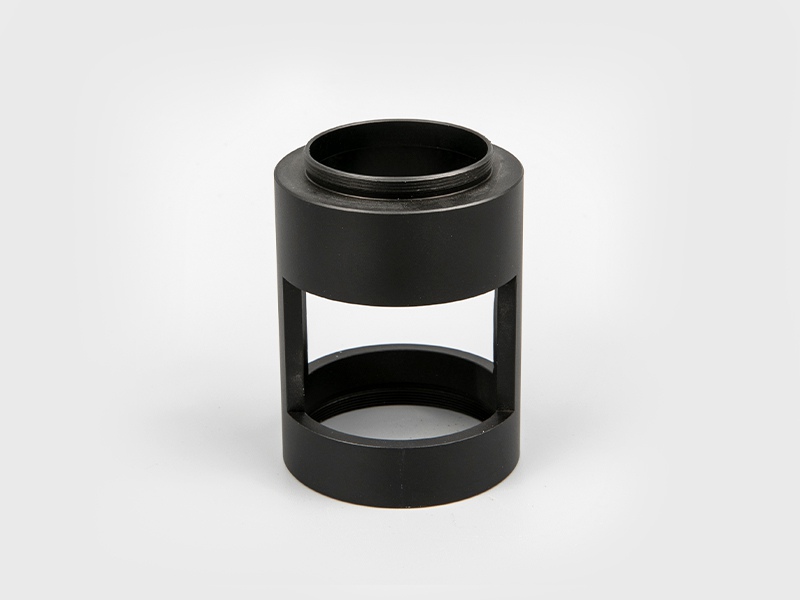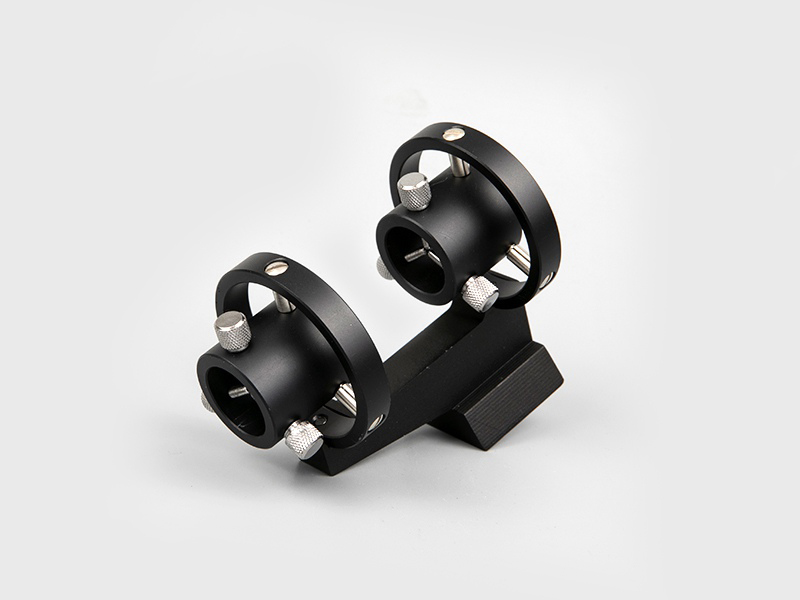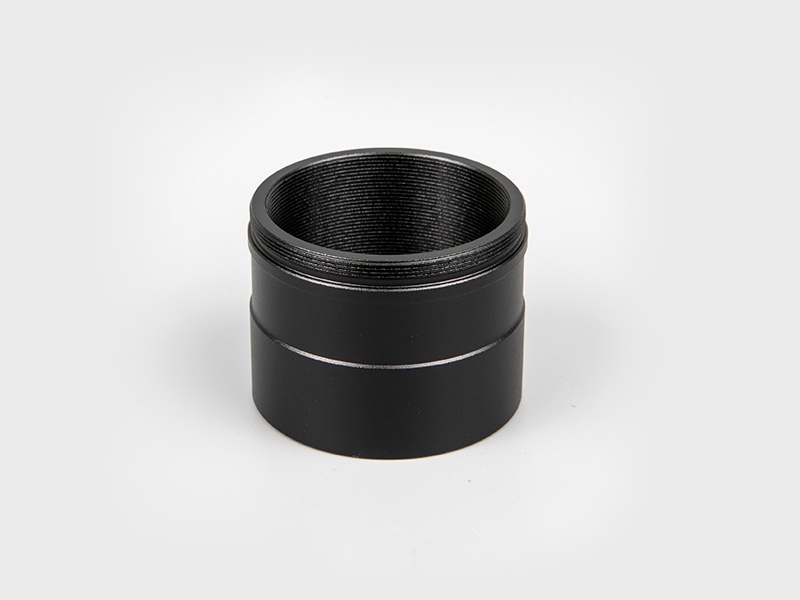Owning a high-performance telescope is the wish of every travel enthusiast. At present, there are many telescopes on the market, the quality is uneven, and there are few articles about the knowledge of telescopes, which makes many people feel at a loss.
The function of the lens coating is to reduce the reflection, increase the light transmittance, and improve the observation brightness. The color of the coating has nothing to do with the quality. The lighter the coating, the less reflective the better. However, in recent years, there have been various red and yellow film telescopes with strong reflection and sparkling in the market, which are very attractive to consumers. In fact, this kind of inferior coating Reflections lose a lot of light, making colors cooler and darker and less sharp.
What's more, some people actually call this inferior red film telescope "dark light night vision" and "infrared night vision telescope" to deceive consumers. In fact, the real infrared night vision device is photomultiplier tube imaging, which is similar to the principle of telescope. Completely different, unusable during the day, expensive and requires power to work.
The function of the telescope lens coating is to reduce the reflection, increase the light transmittance, and improve the observation brightness. The color of the coating depends on the optical material and design. The lighter the coating, the smaller the reflection, the better.
The color of the lens is an interfering magnesium fluoride film. The color is determined by the thickness. The red film coating is slightly thicker and the green film is slightly thinner. From the visual perception, the red film is cooler and the green film is warmer.
The coated film belongs to the anti-reflection film, that is, the light reflected by the front and rear surfaces interferes with each other and interferes with each other. Human eyes are sensitive to green light Z, so the green light should be anti-reflected, and the lenses should be purple or red when looking at the glasses. Because the wavelength of the light wave is different, the green light is enhanced and the red and purple are enhanced, so the red film is the best.

 English
English 日本語
日本語 Deutsche
Deutsche España
España








